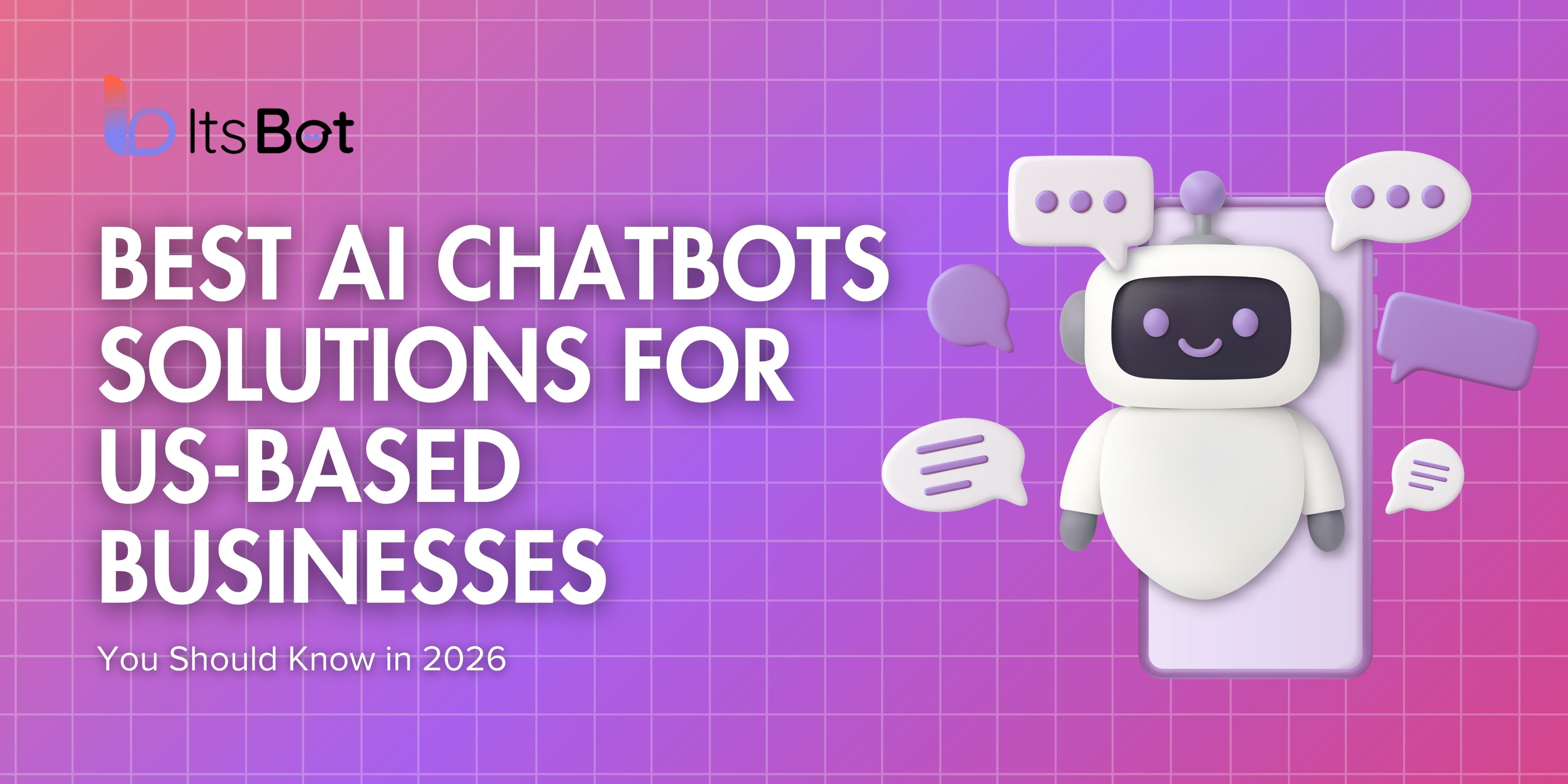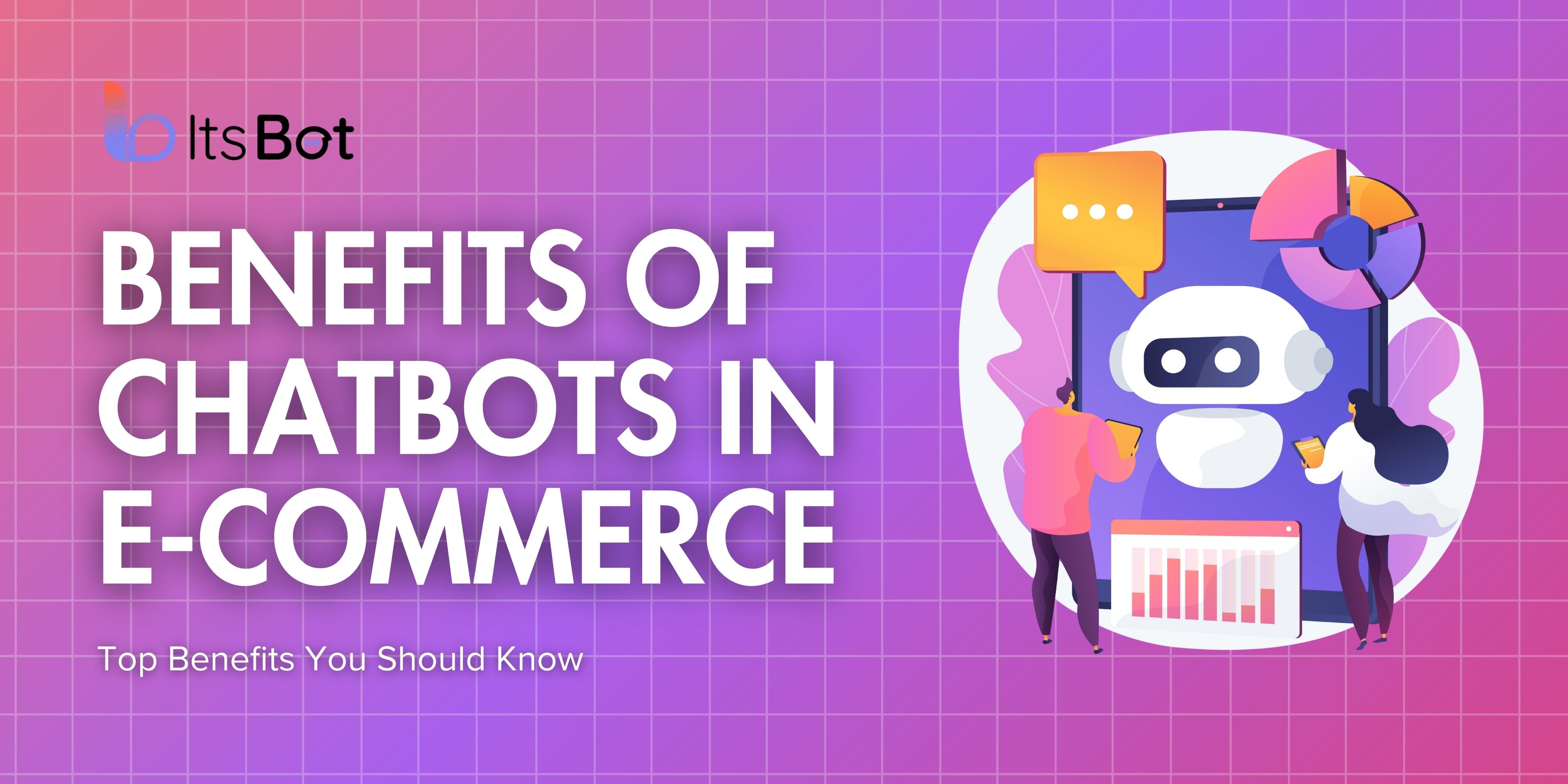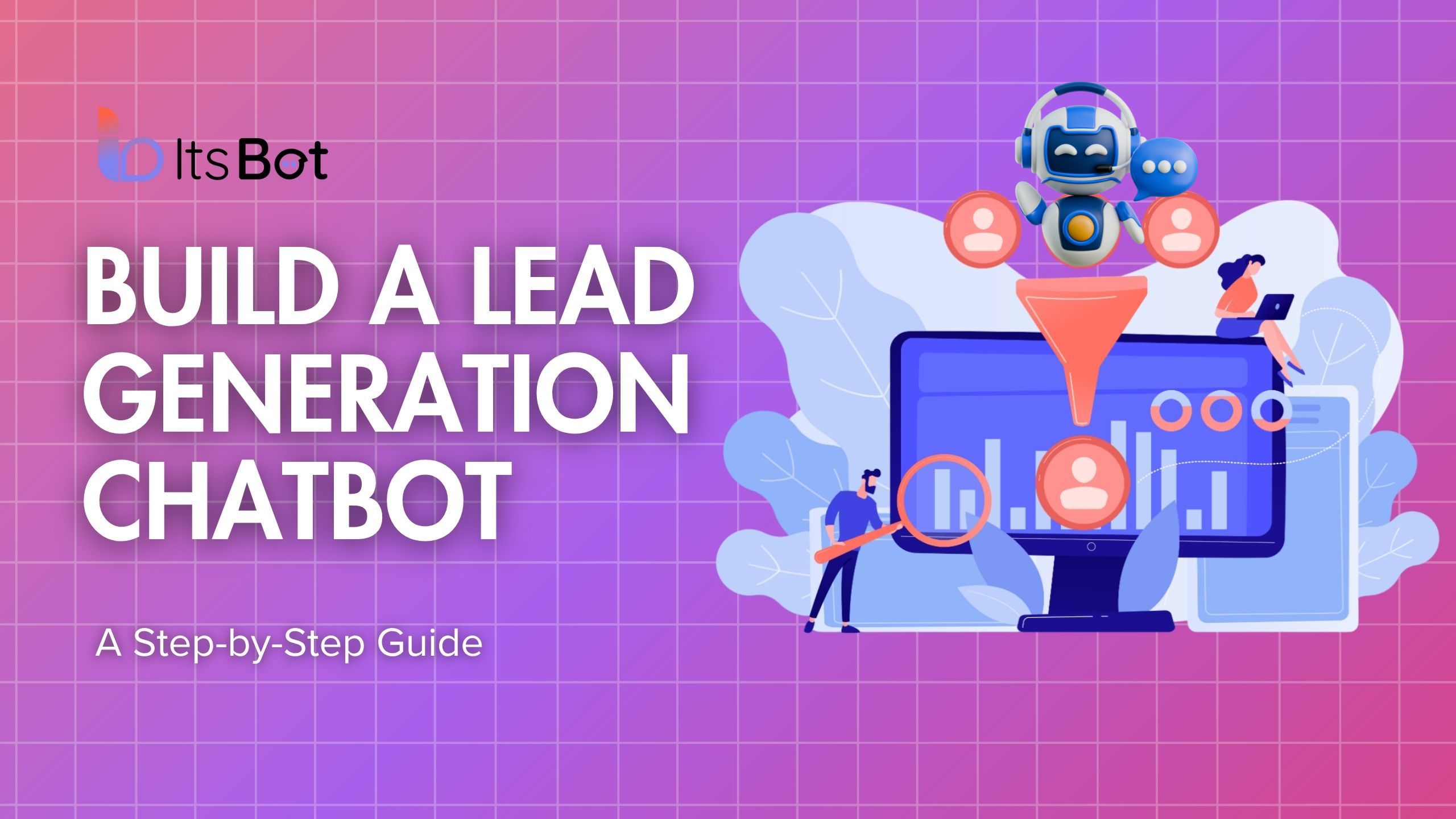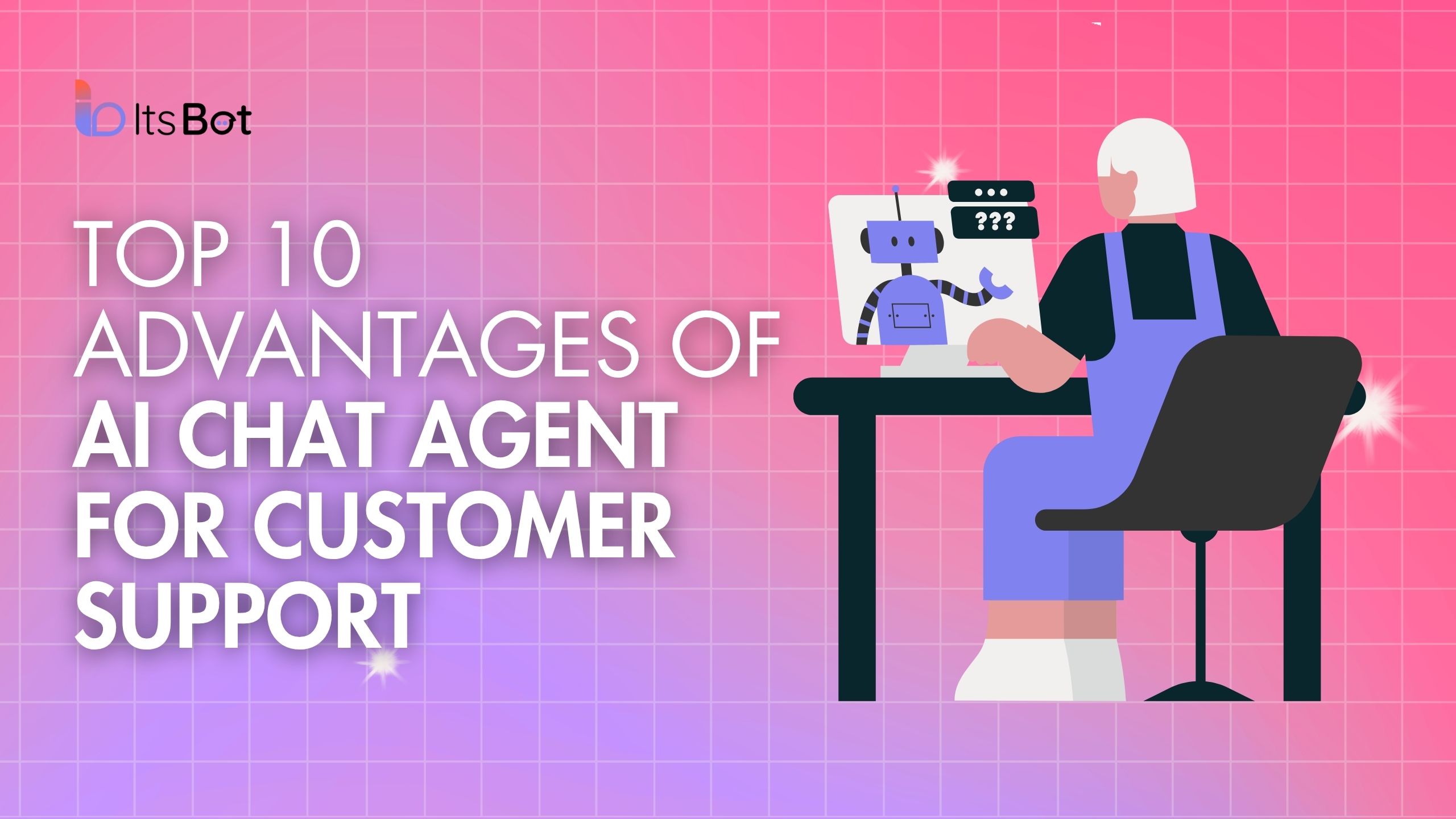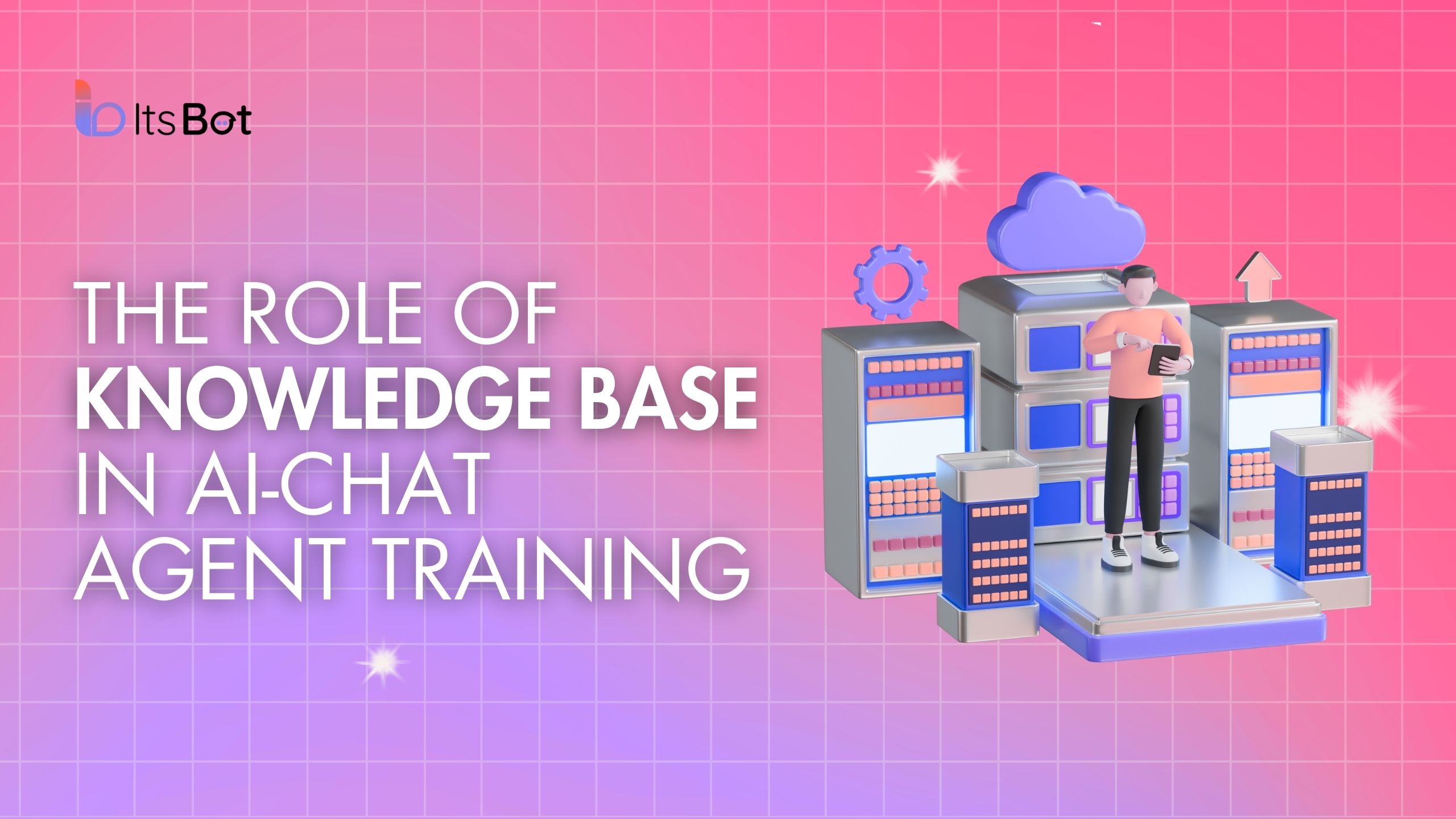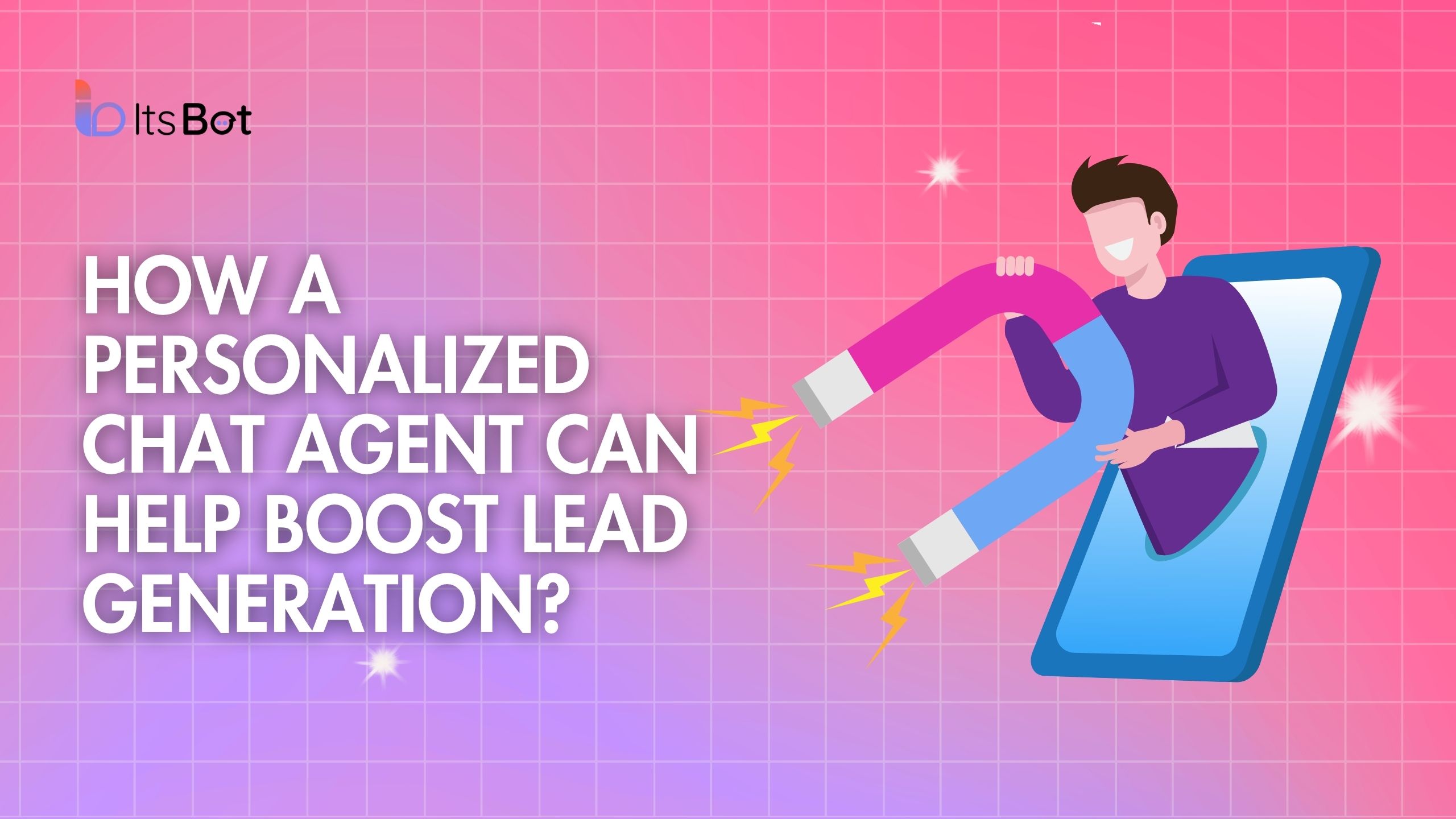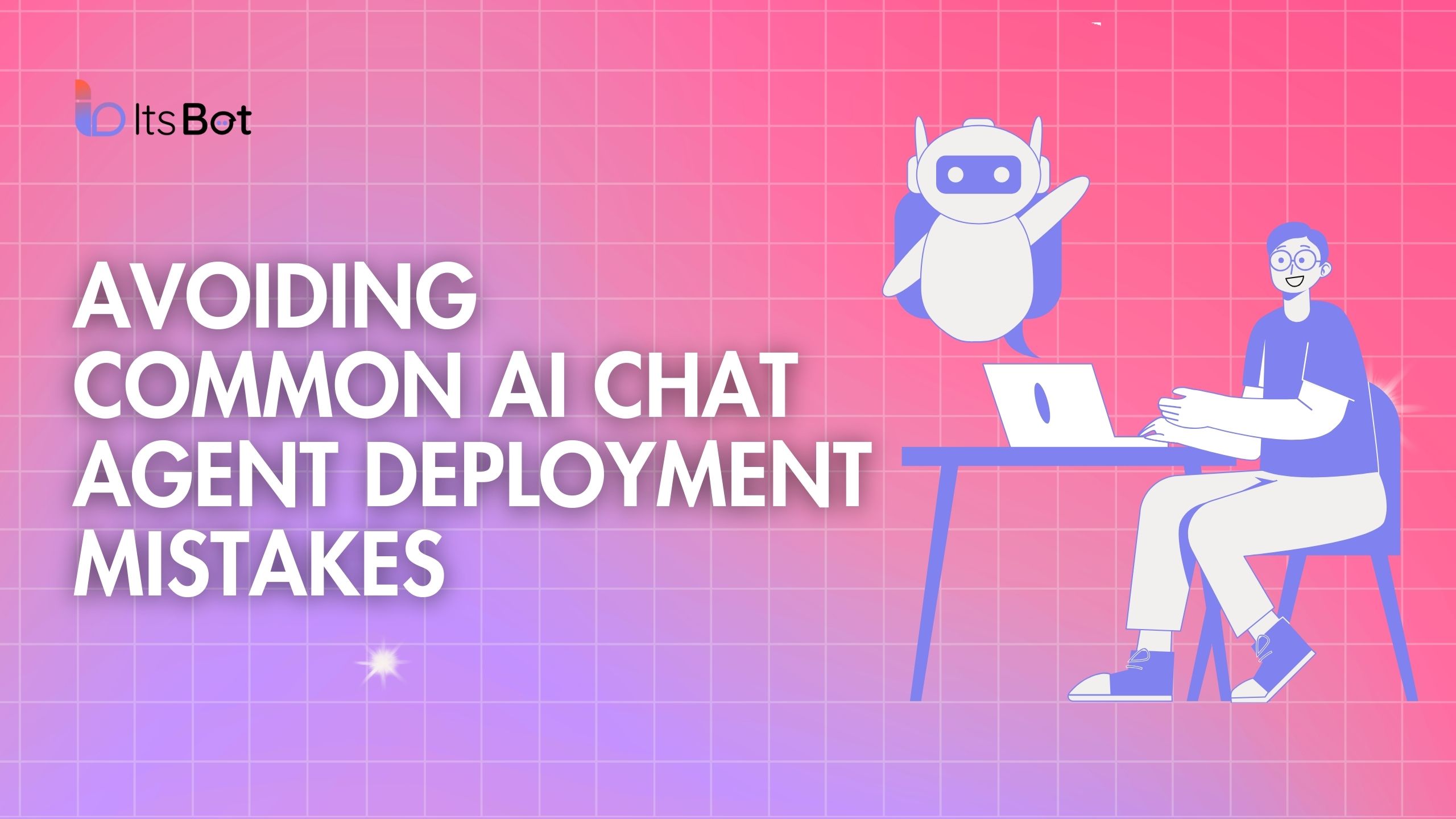Though the roots for Generative AI work back to the early 1970s, the introduction of platforms like ChatGPT, Dall-e, Gemini, etc. have transformed the entire tech landscape.
From simplifying complex coding jobs to lead generation chatbots, AI has opened doors to added business scalability.
Talking about the current market scenario, most brands are investing into AI Chatbots for sales and marketing. However, the maximum resistance appears to happen at SME (Small to Medium Enterprise) level with the only question in mind i.e. How much does it cost to make a chatbot?
The cost of building a chatbot may vary from $0 to $15,000 depending on the sophistication it delivers. This creates space for an even more important question.
How much should your business spend on chatbot? The answer is it entirely depends on your goals and what you want your chatbot to do.
Let us quickly dig into more detail on Chatbot pricing and what factors might affect the bills you pay.
The 3 Tiers Of Chatbot Pricing In 2025
Here is a quick look at how chatbot pricing generally works as per the current market scenario:
1. Basic Chatbots – $0 to $150/month
These are a great fit for small businesses in need for automating simple interactions, FAQs answering, or appointment scheduling. These are often DIY, no-code, and fast to launch.
2. Mid-Market Chatbots – $800 to $1,200/month
Built for scaling businesses that need CRM integrations, multi-step workflows, and deeper automation. They usually offer better analytics for better control.
3. Enterprise Chatbots – $3,000 to $10,000+/month
For large companies with high-volume traffic and complex workflows. These are deeply integrated, AI-trained bots often managed by specialized teams.
What Affects The Cost to Make A Chatbot?
There are some very significant features that affect how much a chatbot will cost you? These include everything from build type to integrations and training. Let’s unpack the core ones:
1. AI vs. Rule-Based
Rule-based bots are cheaper. They respond to pre-set keywords and scripts which are fine for basic needs.
AI-powered bots (like those powered by GPT or custom LLMs) use natural language processing (NLP) to understand intent, adapt to conversations, and even learn over time. These are more effective but pricier to build and run.
2. Use Case Complexity
A bot that just answers “What’s your return policy?” is simple.
One that qualifies leads, escalates tickets, and supports multilingual users across platforms is not. The more tasks you need your AI Chat Agent to do, it will need you to invest more for setup, testing, and performance tuning.
3. Integrations
Do you want your chatbot to work in sync with HubSpot, Salesforce, or Shopify? That adds cost. Some platforms offer out-of-the-box integrations and may even require development efforts or third-party tools like Pipedream, Zapier, or custom APIs. Each of these may inculcate money.
4. Customization & Branding
Using a pre-built bot with a generic avatar is always cheaper. In case, you need customized conversation flows that reflect on your brand tone and deliver a fully branded UX, then you must get ready for higher one-time or ongoing costs.
5. Ongoing Support & Scalability
The free or cheap chatbots often are designed to deliver limited customer support or usage monitoring. If you are a brand which is serious about uptime, analytics, and SLAs, you may need to choose a bot that offers paid plan with proper support.
A Real-World Option: What Makes ItsBot Chat Agent Stand Out?
Most chatbot providers either keep it too simple or become enterprise-level overnight.
ItsBot Chat Agent fills the gap by delivering a smart, scalable, and affordable lead generation chatbot, especially for lean teams and fast-growing startups.
Here is why it is getting attention in 2025:
- Real Conversational AI (powered by LLMs, not scripts)
- Context-aware memory for lead nurturing and follow-ups
- Plug-and-play integrations with CRMs, helpdesks, and website builders
- Smart RAG (Retrieval-Augmented Generation) for instant answers
- In-depth analytics to track conversions and optimize responses
- Multichannel support: website, WhatsApp, and more
- Always-on, which means no missed leads or burnout
ItsBot Chat Agent offers pricing that fits every growth stage:
- Free Plan – $0/month (great for testing or personal sites)
- Basic Plan – $19/month (ideal for solo founders or freelancers)
- Standard Plan – $49/month (includes 4 agents + 6000 messages)
- Pro Plan – $199/month (for teams handling multiple channels and high-volume traffic)
- Pro Plus – Custom (for enterprises needing dedicated support, voice agents, and deep integrations)
How Does ItsBot Compare To Other Chatbot Platforms?
| Feature | ItsBot | Tidio | Intercom |
| AI-Powered Agents | ✅ Yes (LLM) | ⚠️ Limited AI features | ✅ Yes (with Fin AI) |
| CRM & Tool Integrations | ✅ Native integrations | ✅ Basic integrations | ✅ Deep integrations |
| Multichannel Support | ✅ Web, WhatsApp, more | ⚠️ Mostly website/chat | ✅ Web, email, app, social |
| Setup Complexity | 🟢 Easy, no-code | 🟢 Easy, template-based | 🔴 Requires onboarding |
| Starting Price | 💲$0 (Free Plan) | 💲$29/month | 💲$99+/seat/month |
| Built for Lean Teams | ✅ Designed for scale | ✅ Small teams/startups | ❌ Enterprise-first |
| Industry-Specific Bots | ✅ Yes (via Botopedia) | ❌ Not offered | ❌ Custom setup only |
Final Thoughts: How Much Should You Spend?
There is no one-size-fits-all answer, but definitely a framework to consider:
- Solo founders / early teams? Start with a basic or free plan and scale gradually.
- Scaling SME? Choose a smart mid-market platform like ItsBot to automate support and lead conversion.
- Enterprise-level Organization? You’ll likely need advanced AI, custom flows, compliance, and support — plan for higher spending.
If you are looking to get started with a chatbot that can grow with you, do more than just answer FAQs, and would not burn your budget — ItsBot is the sweet spot.
Start free, upgrade only when you are ready, and let AI Chat Agent handle your frontlines while you scale what matters.
Ready to try? Reach our team for a quick demo on Itsbot Chat Agent’s no stress setup.

